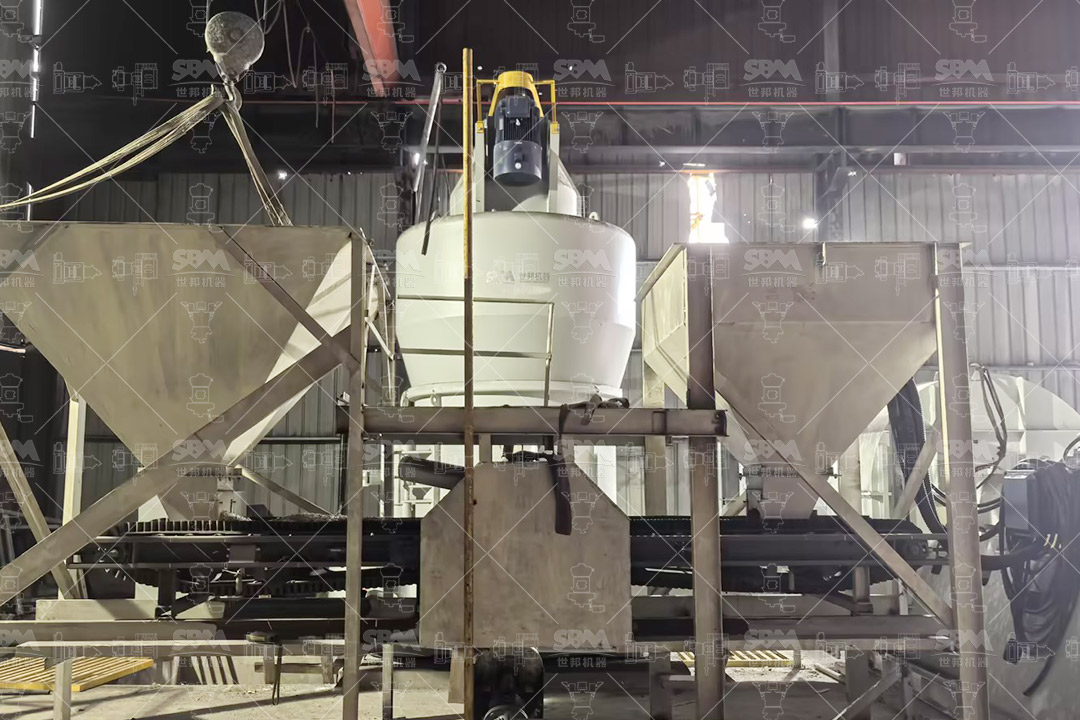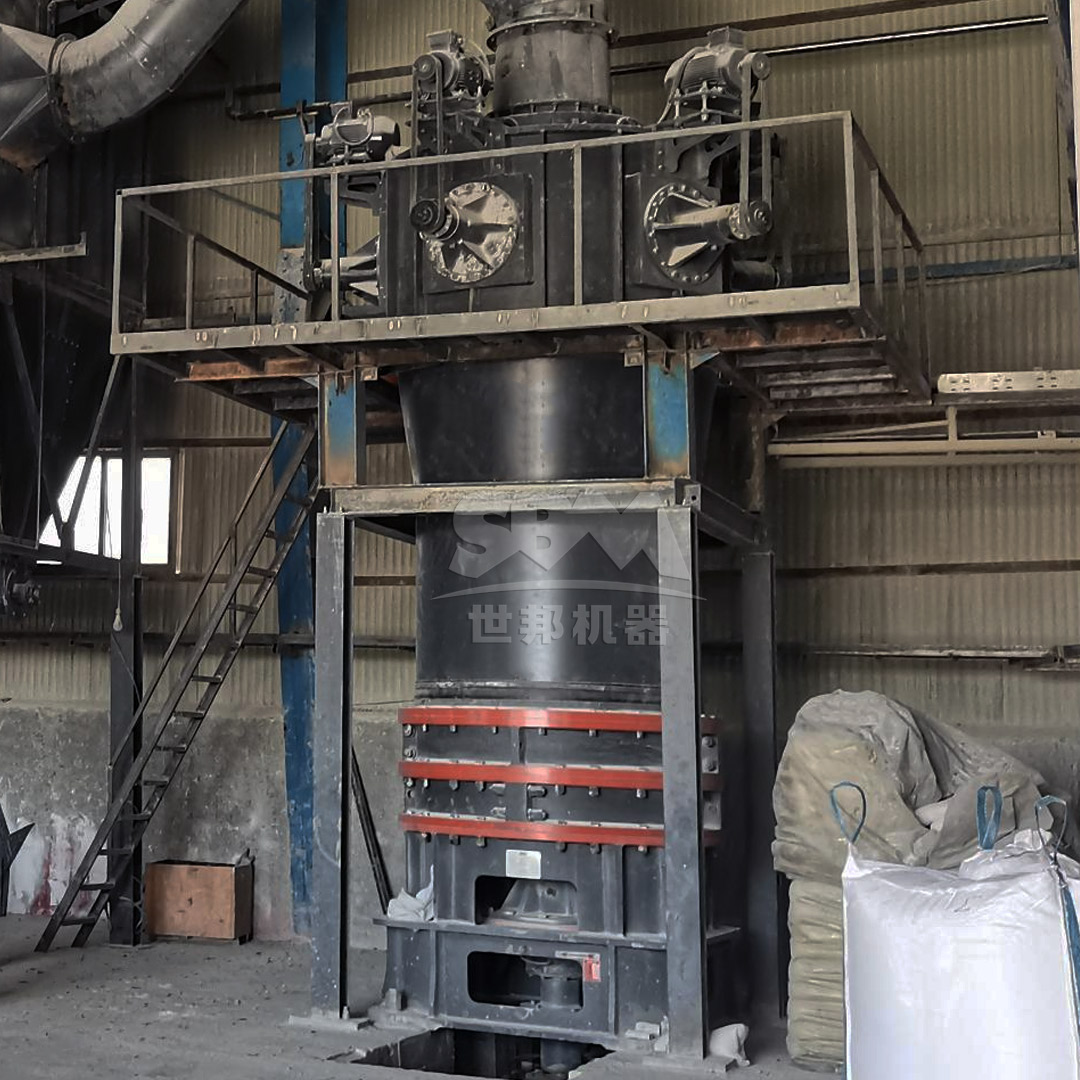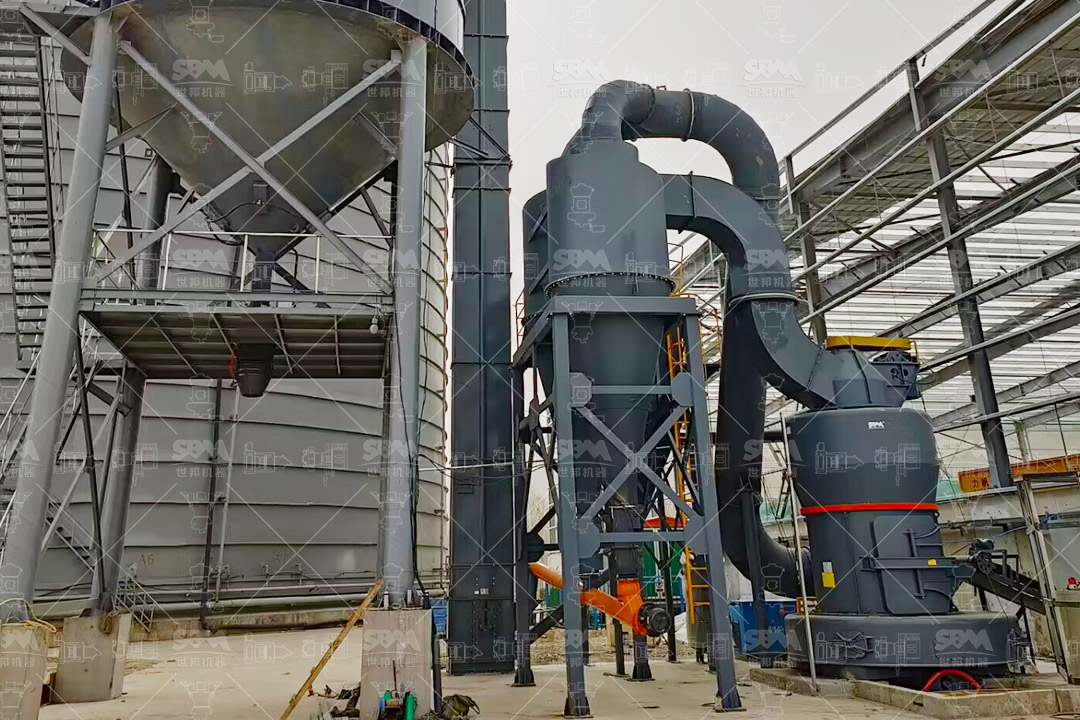Talc, a hydrated magnesium silicate mineral, is widely used as a functional filler in paper and cardboard production due to its ability to improve smoothness, opacity, printability, and resistance to moisture. The efficiency of talc in these applications heavily depends on its particle size distribution and purity. Fine grinding is a critical step in achieving the desired properties, and selecting the right grinding equipment is paramount for optimizing production costs and product quality.

In papermaking, talc acts as a pitch control agent, reducing stickiness and improving runnability. For cardboard, it enhances stiffness and print quality. The fineness of talc directly influences its effectiveness:
Therefore, achieving a consistent and fine particle size is crucial for maximizing talc’s benefits in paper and cardboard manufacturing.
Grinding talc to a fine and consistent size presents several challenges:
To address these challenges, advanced grinding technologies offer efficient, precise, and economical solutions. Among these, ultrafine mills and trapezium mills stand out for their ability to produce high-quality talc powder with optimal particle size distribution.
For applications requiring very fine talc powder (325-2500 mesh, D97 ≤ 5µm), the SCM Ultrafine Mill is an excellent choice. This mill is designed to handle soft minerals like talc efficiently, offering several key advantages:
The SCM series includes models like SCM800, SCM900, SCM1000, SCM1250, and SCM1680, with capacities ranging from 0.5 to 25 tons per hour, making it suitable for various production scales.

For applications where a slightly coarser product (30-325 mesh) is acceptable, or for larger feed sizes (up to 50mm), the MTW Series Trapezium Mill offers a robust and economical solution. Its features include:
With models like MTW110, MTW138Z, MTW175G, and MTW215G offering capacities from 3 to 45 tons per hour, the MTW mill is ideal for high-volume talc grinding operations.
A paper manufacturer faced challenges with inconsistent talc fineness, leading to variations in paper quality and increased production costs. By integrating the SCM1000 Ultrafine Mill into their process, they achieved:
The intelligent control system of the SCM mill allowed for automatic adjustment of product fineness, further optimizing the process.

Optimizing talc fine grinding is essential for enhancing paper and cardboard production. Advanced grinding technologies, such as the SCM Ultrafine Mill and MTW Series Trapezium Mill, offer efficient, precise, and economical solutions to achieve the desired talc fineness. By selecting the appropriate equipment based on production requirements and talc properties, manufacturers can improve product quality, reduce costs, and gain a competitive edge in the market.